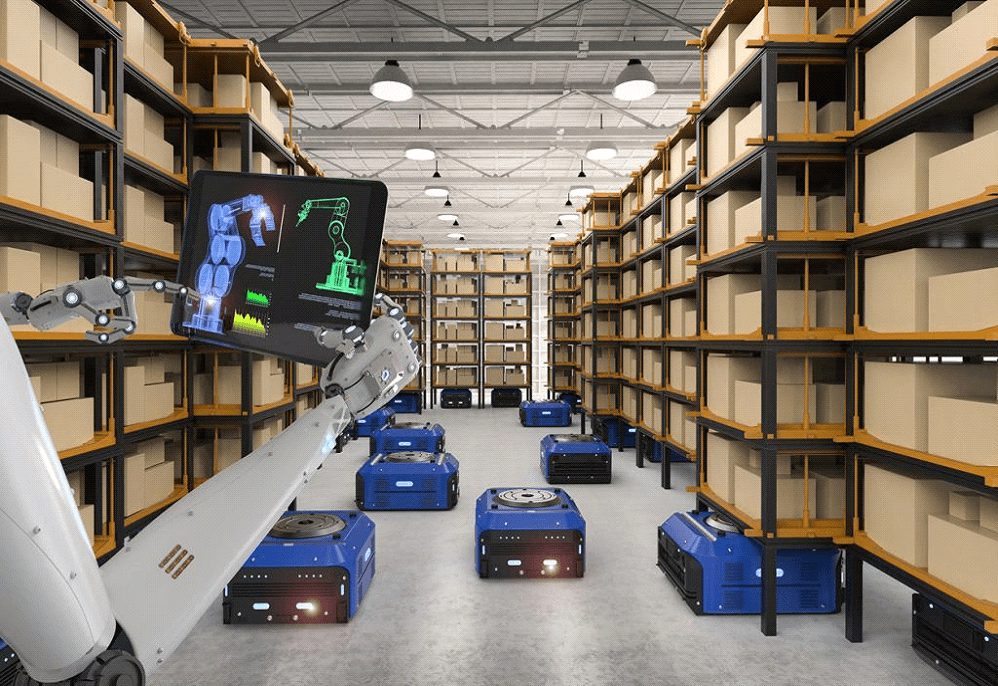Integrated Logistics enables organizations to meet consumer demand through proper planning, implementing the most efficient transportation, from purchasing raw material to manufacturing the product, storing finished goods in the warehouse, and finally delivering to the customer. The organization can track productivity, utilization, and reduce operational costs with integrated logistics. Management must be committed to show its employees, customers, and suppliers the way to a fully integrated logistics operation. This article discusses several factors that are crucial to the successful integration of a logistics operation.
Table of Contents
Integration with Purchasing
When a company’s purchasing and logistics departments work together, the results are better. When purchasing and logistics are combined, businesses will see an increase in efficiency and financial performance, as well as lower operational expenses and inventories. It aids in gaining visibility and attracting other financial inventors, as well as boosting labor markets and achieving development goals. The corporation must design a long-term strategy, a tracking method, and quantifiable standards that are in line with its business strategy. Implementing an inventory management system aids in benchmarking every contractual vendor based on order receipt, consignment quality, quantity received, delivery to correct destination, and document verification. The Integration allows for the renegotiation of contracts with suppliers, which opens up more opportunities for long-term cost savings. Technology may save a company a lot of time and money. Linking processes with technology has the ability to provide a holistic view of all functions, as well as improve efficiency, lower costs, better customer management, track product flow, and increase communication between departments, suppliers, and consumers.

Inventory Visibility and Accuracy for Integration
Warehousing is an important aspect of the logistics industry since it is the safest and most cost-effective place to store goods, and it is usually located in a specific region of the building. The storehouse allows the production to continue all year. Integration improves warehouse productivity by reducing storage space, ensuring accurate and quick picking, and ensuring that employees are properly trained. Integration decreases costs, improves efficiency, and improve communication across departments, as well as increasing customer happiness, which leads to more revenues. Staff can follow goods along the entire supply chain with an inventory management system, and without this knowledge, they may wind up with excess stock or inadequate stock to fulfil consumer demand. Good inventory management can help to reduce warehouse issues and allow the warehouse to restock inventory as needed. It has the potential to conserve space while still being cost-effective. Inventory control provides for proper stock level recording, and the system will reveal how much stock is in balance or needs to be replenished. Better efficiency, faster reaction times, lower administration costs, personalized service, overall cost savings, and greater manufacturing efficiency are all advantages of warehouse integration.

Software Visibility for Integration
A warehouse management system (WMS) is a software that gives organizations the visibility into their inventory and day-to-day warehouse operations. Logistics operations such as receiving and put away, selecting and packing, inventory management, replenishment, and shipment are all improved with the warehouse management system. The system decreases the possibility of problems occurring when a product is transported, while also allowing the company to fulfil client orders more quickly and track products throughout the warehouse in real-time. Although implementing and operating a warehouse management system can be costly, the company can benefit from increased space utilization, lower operating costs, improved inventory visibility, lower labour costs, better traceability, lower labour costs, inventory accuracy, higher productivity, and better customer service.
Companies and supply chain specialists can use a transport management system (TMS) to handle freight and carriers. TMS can also assists users in determining the most cost-effective mode and pricing for every type of shipment. Rating, booking, and tracking are some of the most important functions of a transportation management system. TMS can automate order input, create shipments, optimize shipments and routes, manage carriers, schedule pickups, and deliveries, manage the yard, and communicate effectively with all supply chain stakeholders. Organizations can profit from a fully implemented transportation management system in the following ways, contract management for carriers, management of risks, the functionality of international logistics, visibility of the item, support for parcel delivery, settlement of freight, intelligence for business, data benchmarking capabilities

Robotic Technology Integration
Because businesses are dealing with labour storage at this time, warehouse automation automates transportation into, within, and out of the warehouse with the least amount of people. Automation’s goal is to enable factories and machinery to complete work activities efficiently and with a low rate of errors. Automation technology can detect its surroundings and make decisions on its own, and it may be altered in the warehouse to aid activities and optimize warehouse flow. Warehouse automation can improve efficiency, productivity, space usage, and inventory accuracy, reduce human errors, and reduce incident risk, and increase revenue, fulfilment rate, shipment speed, and customer happiness. There are a variety of warehouse automation technology systems available to meet a variety of requirements.
The full content is only visible to SIPMM members
Already a member? Please Login to continue reading.
References
Bryan Quek Guan Kia, DLSM (2021). ‘’Key Technology Systems to Implement Integrated Logistics’’. Retrieved from SIPMM: https://publication.sipmm.edu.sg/key-technology-systems-implement-integrated-logistics/#Warehouse_Automation_Technology , accessed 11/06/2021.
Chin Pei Sze Angelene, DPSM (2020). ‘’Crucial Factors for Sustainable Procurement’’. Retrieved from SIPMM: https://publication.sipmm.edu.sg/crucial-factors-for-sustainable-procurement/ , accessed 9/06/2021.
Cynthia Wong Mei Kuen, ADPSM (2021). ‘’Key Success Factors for Sustainable Procurement’’. Retrieved from SIPMM: https://publication.sipmm.edu.sg/key-success-factors-sustainable-procurement/#Coordinating_with_Internal_Department , accessed 9/06/2021.
Dave Treadaway (2020). ‘’ Top 8 Benefits of a Warehouse Management System’’. Retrieved from: https://clarkstonconsulting.com/insights/benefits-of-a-warehouse-management-system/ , accessed 10/06/2021.
Ho Kek Ming, DLSM (2019). ‘’Six Essential Areas for an Integrated Logistics System’’. Retrieved from SIPMM: https://publication.sipmm.edu.sg/six-essential-areas-integrated-logistics-system/#Warehouse_Management_System , accessed 9/06/2021.
Newcastle Systems (2017). ‘’7 Reasons Why Integrated Warehousing and Distribution are the Best Bet’’. Retrieved from: https://www.newcastlesys.com/blog/7-reasons-why-integrated-warehousing-and-distribution-are-the-best-bet , accessed 9/06/2021.
Stelle Tan Chee Khoon, DLSM (2020). ‘’ Essential Considerations for an Integrated Transportation Solution’’. Retrieved from SIPMM: https://publication.sipmm.edu.sg/essential-considerations-integrated-transportation-solution/#Mode_of_Transportation , accessed 10/06/2021.
Theresa Pang Kim Lian, DLSM (2019). ‘’Key Considerations for Reverse Logistics Operations’’. Retrieved from SIPMM: https://publication.sipmm.edu.sg/key-considerations-reverse-logistics-operations/ , accessed 11/06/2021.

